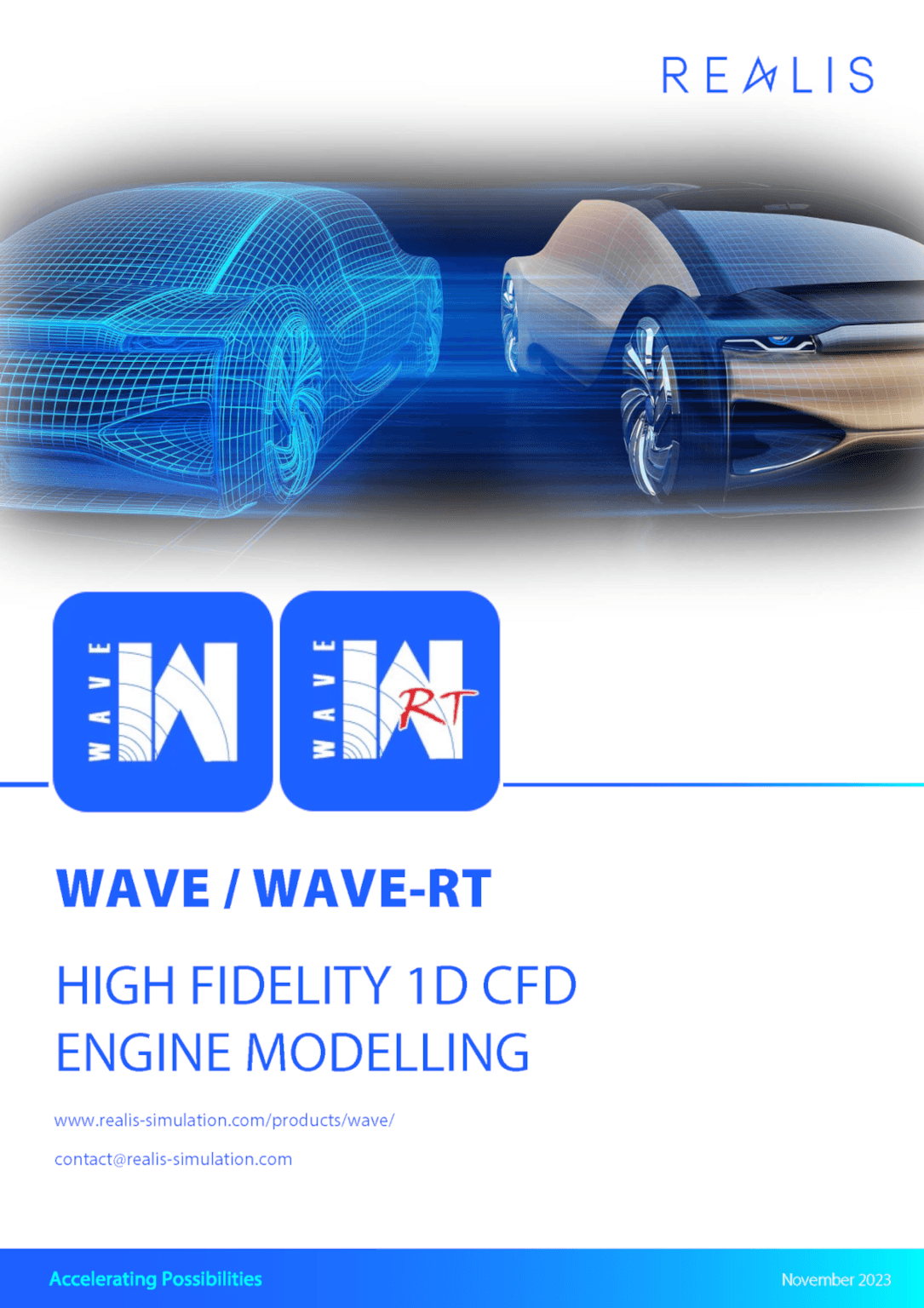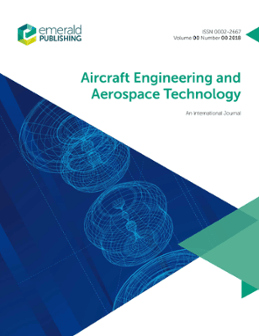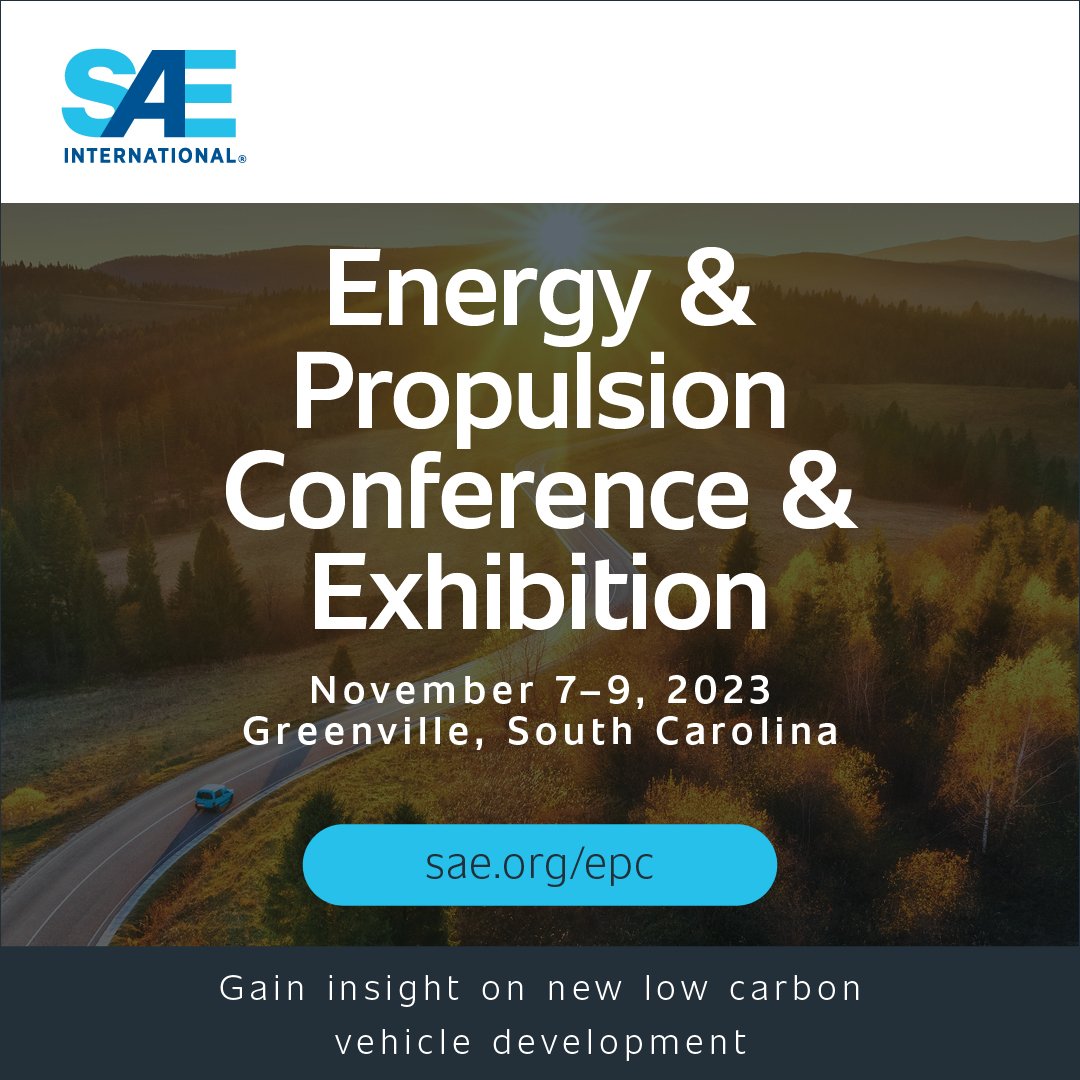
Study of the effects of trapped compression ratio on the heavy fuel operation of a spark ignition unmanned aerial vehicle engine


Study of the effects of trapped compression ratio on the heavy fuel operation of a spark ignition unmanned aerial vehicle engine
Purpose
This paper aims to present experimental experience of heavy fuelling of a spark ignition crankcase scavenged two-stroke cycle unmanned aerial vehicle (UAV) engine, particularly focusing on the effects of compression ratio variation, and to cross-correlate with the results of fluid dynamic modelling of the engine and fuels used.
Design/methodology/approach
One-dimensional modelling of the engine has been conducted using WAVE software supported by experimental dynamometer testing of a spark ignition UAV engine to construct a validated computational model using gasoline and kerosene JET A-1 fuels.
Findings
The investigation into the effects of compression ratio variation via fluid dynamic simulation and experimental testing has allowed an assessment of the approach for improving heavy fuel operation of UAV engines using auxiliary transfer port fuel injection. The power level achieved with reduced compression ratio heavy fuel operation is equal to 15.35 kW at 6,500 revolutions per minute compared to 16.27 kW from the standard gasoline engine or a reduction of 5.7%.
Practical implications
The studied engine is specifically designed for UAV applications. The validation of the computational models to explore the effects of compression ratio and heavy fuel injection on the solution and cost is supported by experimental tests.
Originality/value
The application of auxiliary port fuel injection of heavy fuel and associated compression ratio optimisation offers an alternative approach to achieve the safety and logistical challenges of the single fuel policy for UAVs. The application of WAVE to simulate crankcase scavenged two-stroke cycle engines has been applied in very few cases. This study shows further exploratory work in that context.
Realis Simulation, formerly Ricardo Software.
Latest Resources


Using Analysis of the Ring Pack and Piston to Optimise Oil Consumption of Current and Future Engines
Technical paper